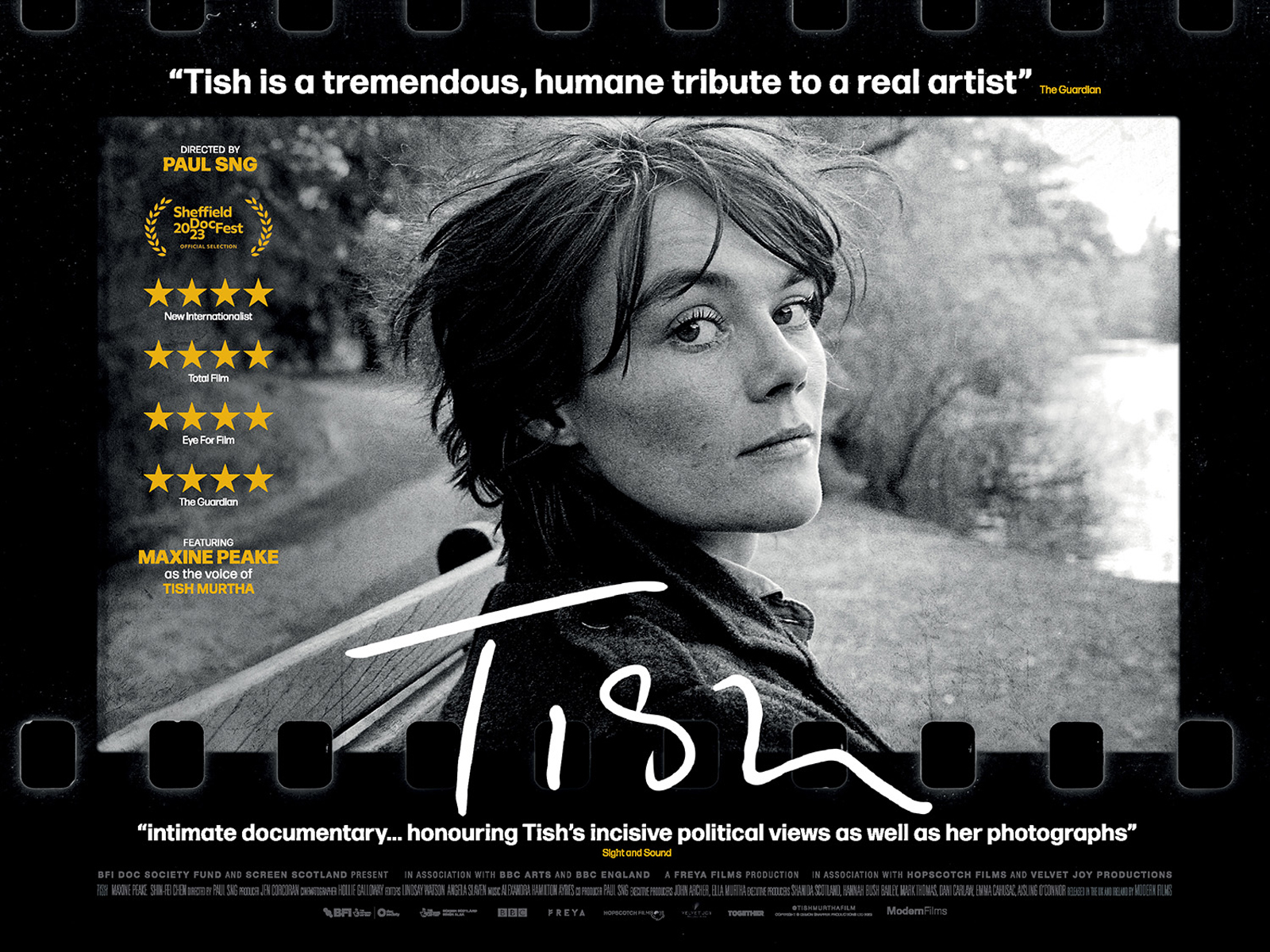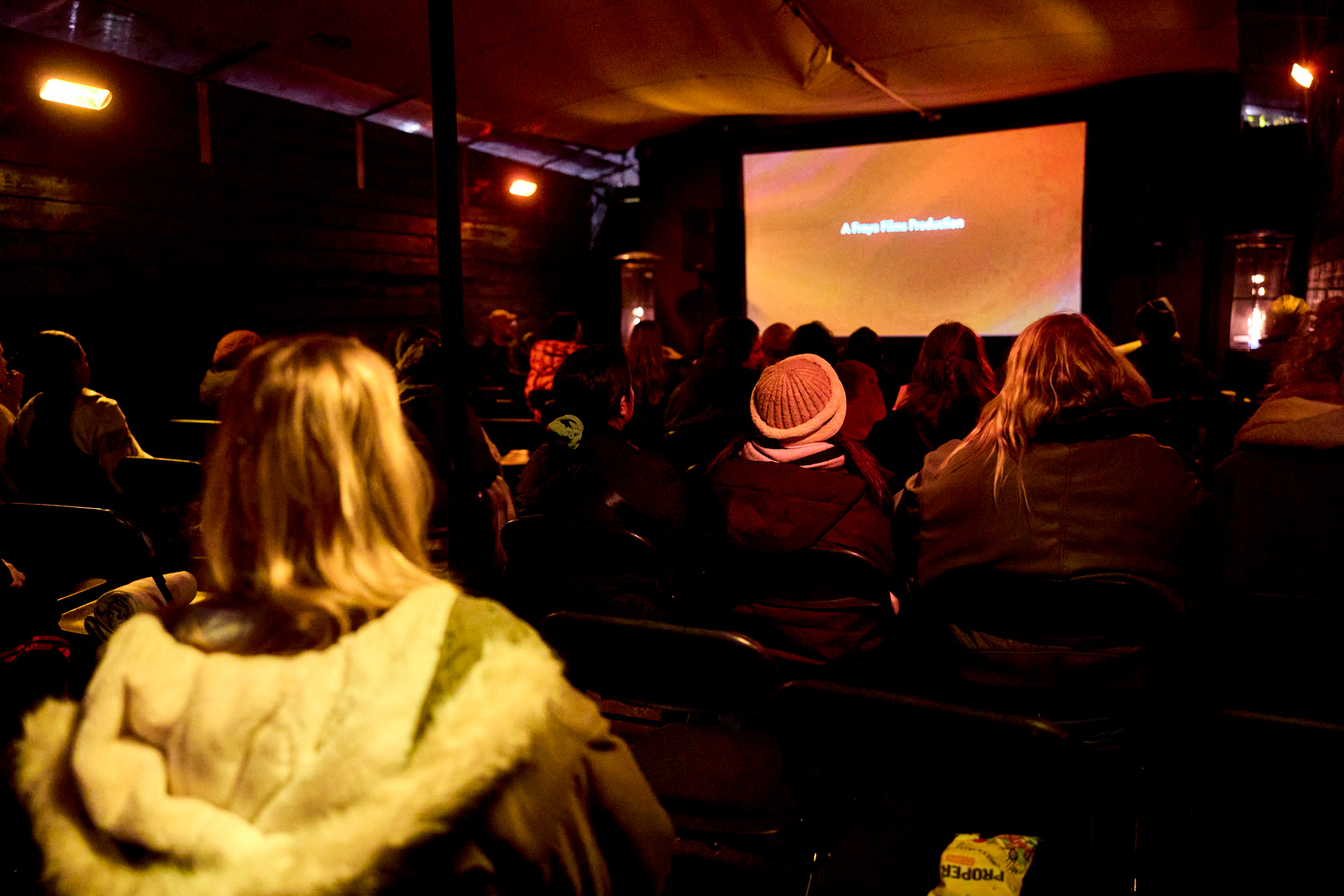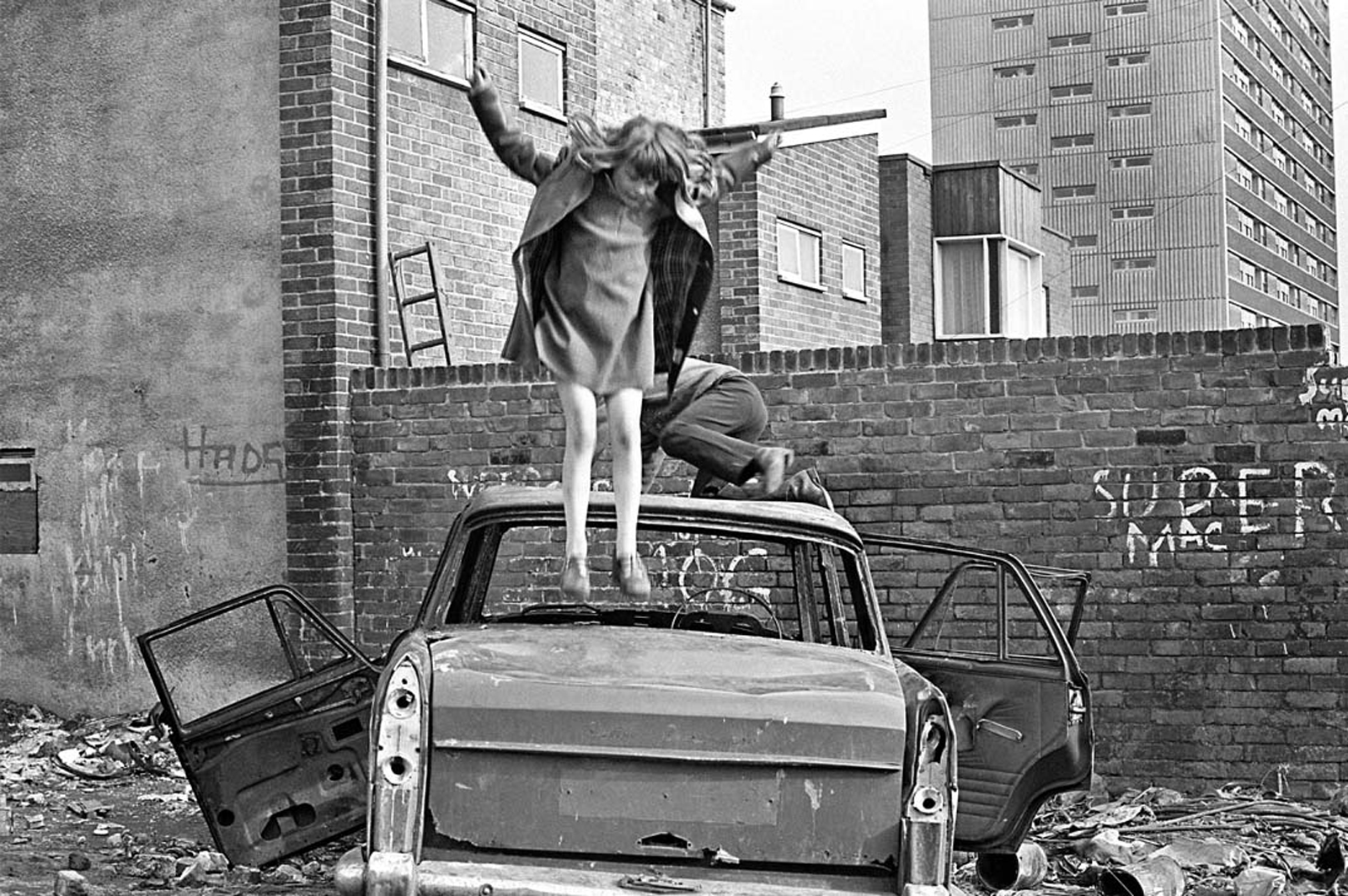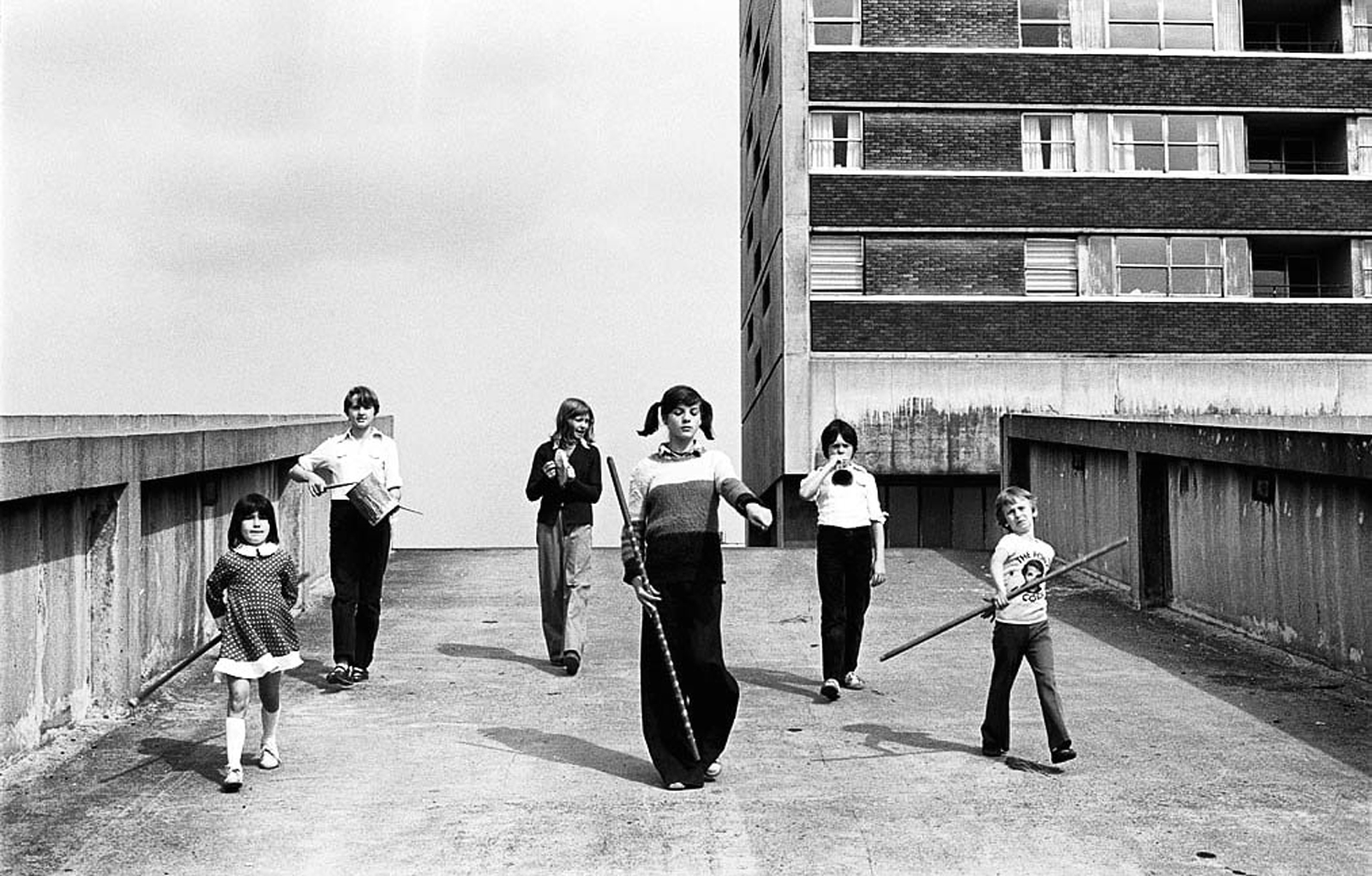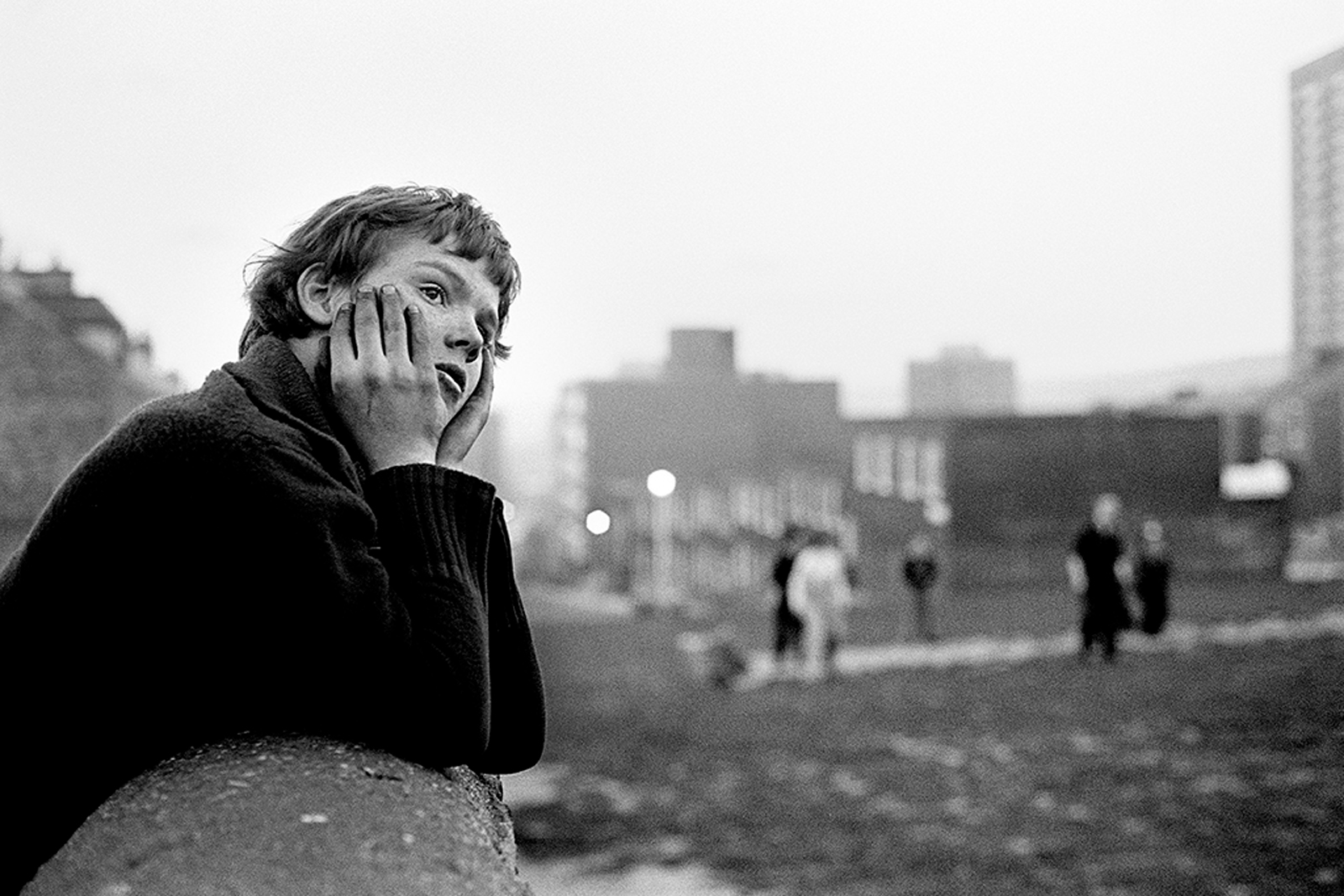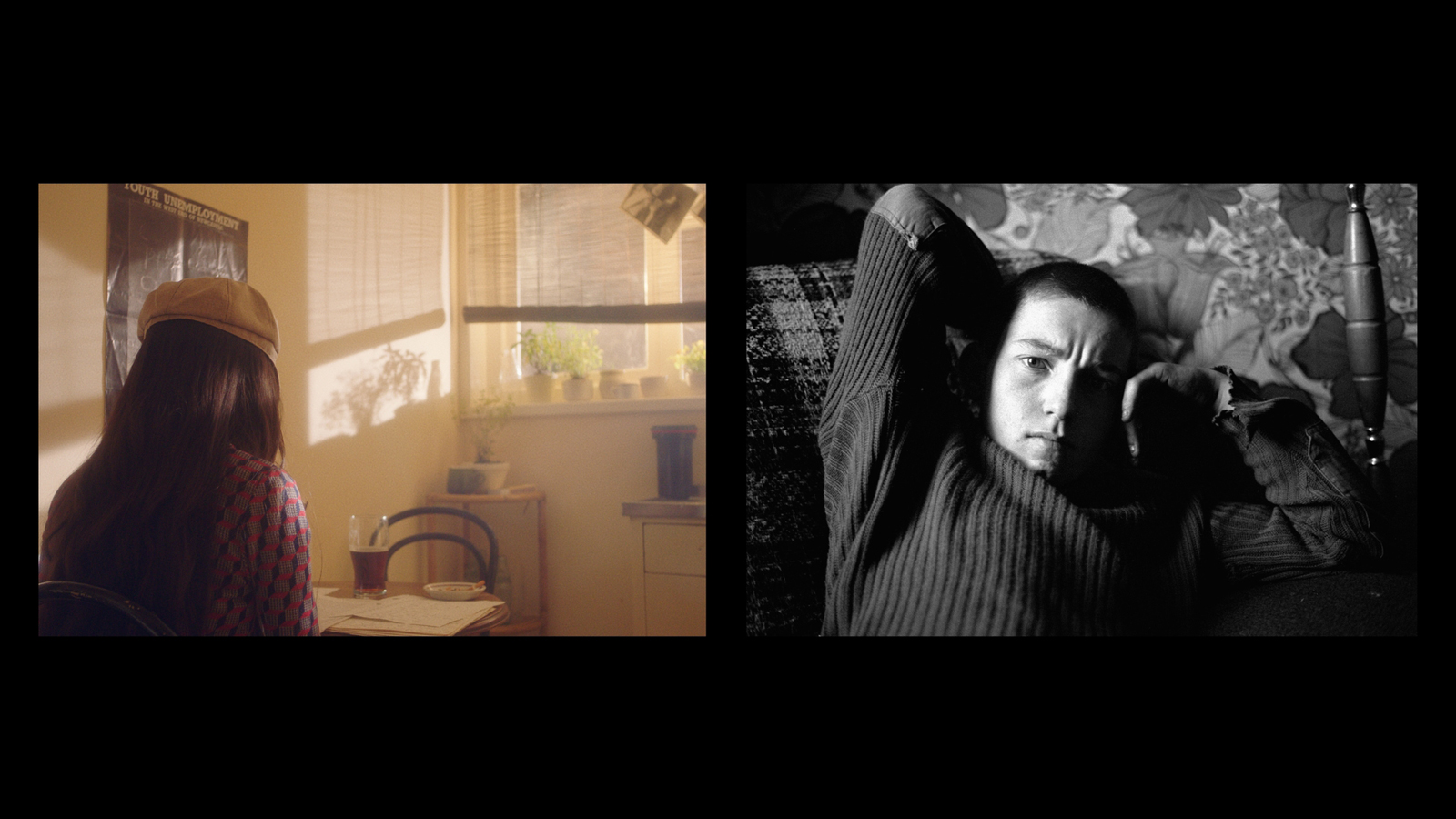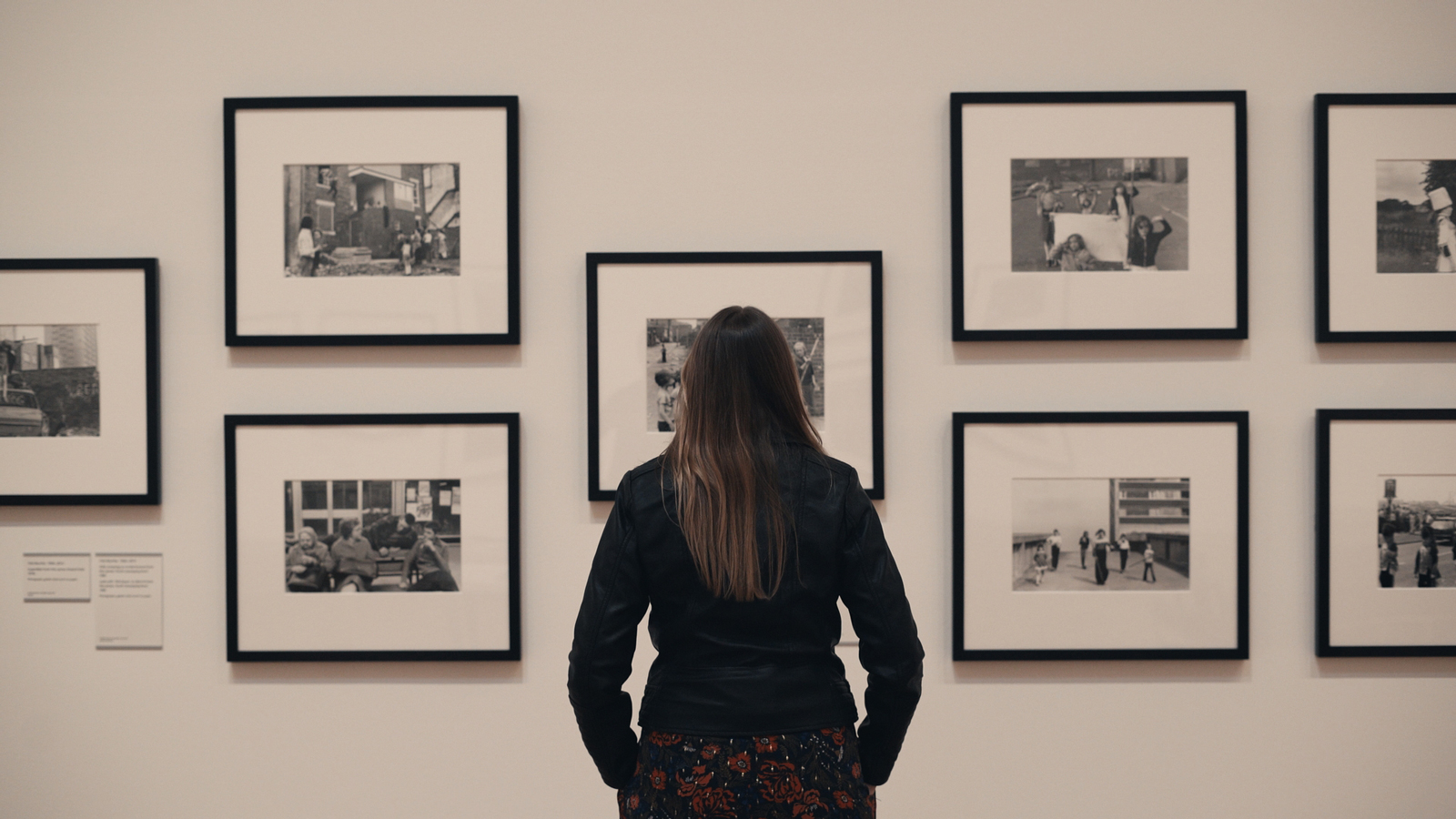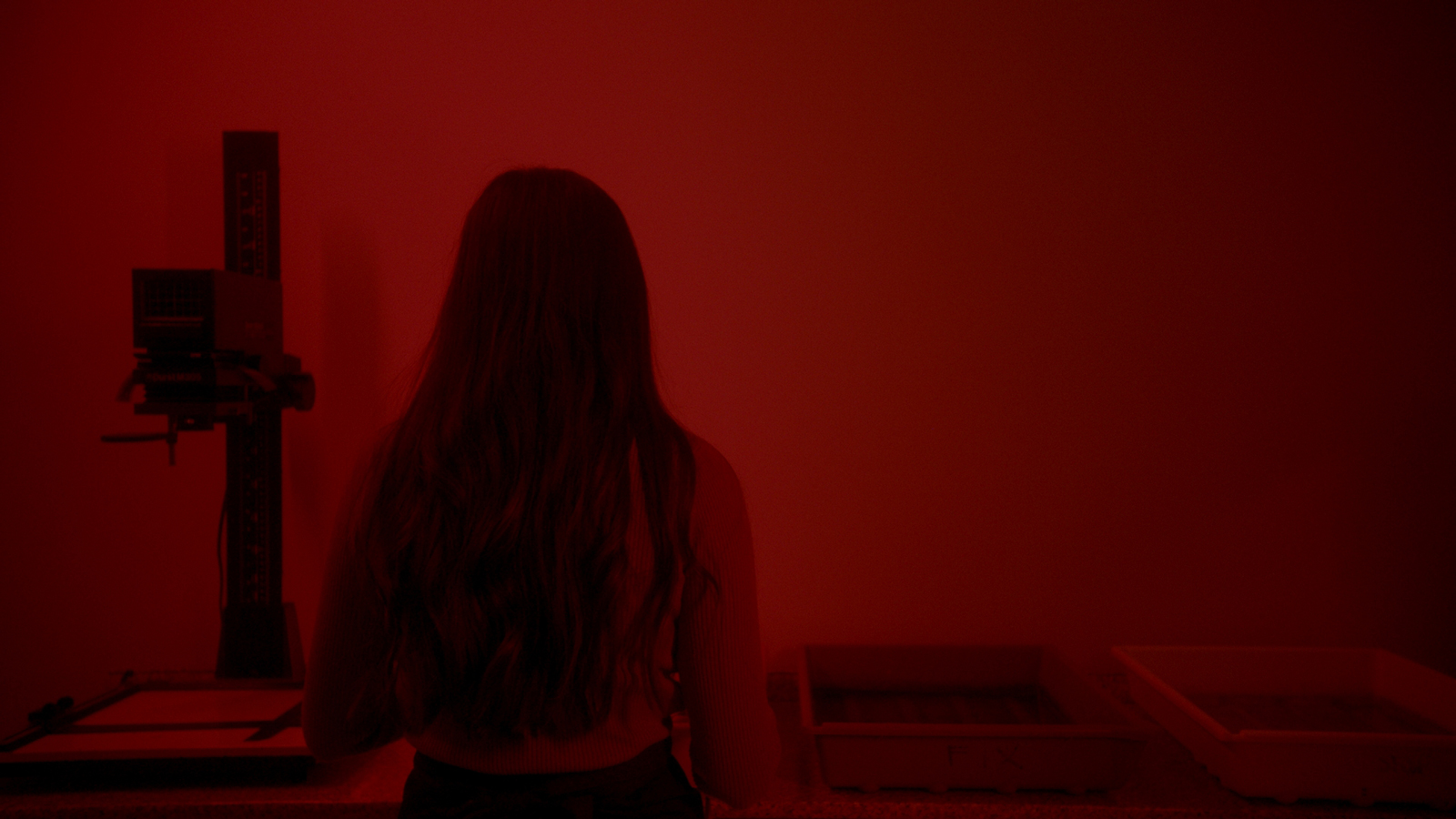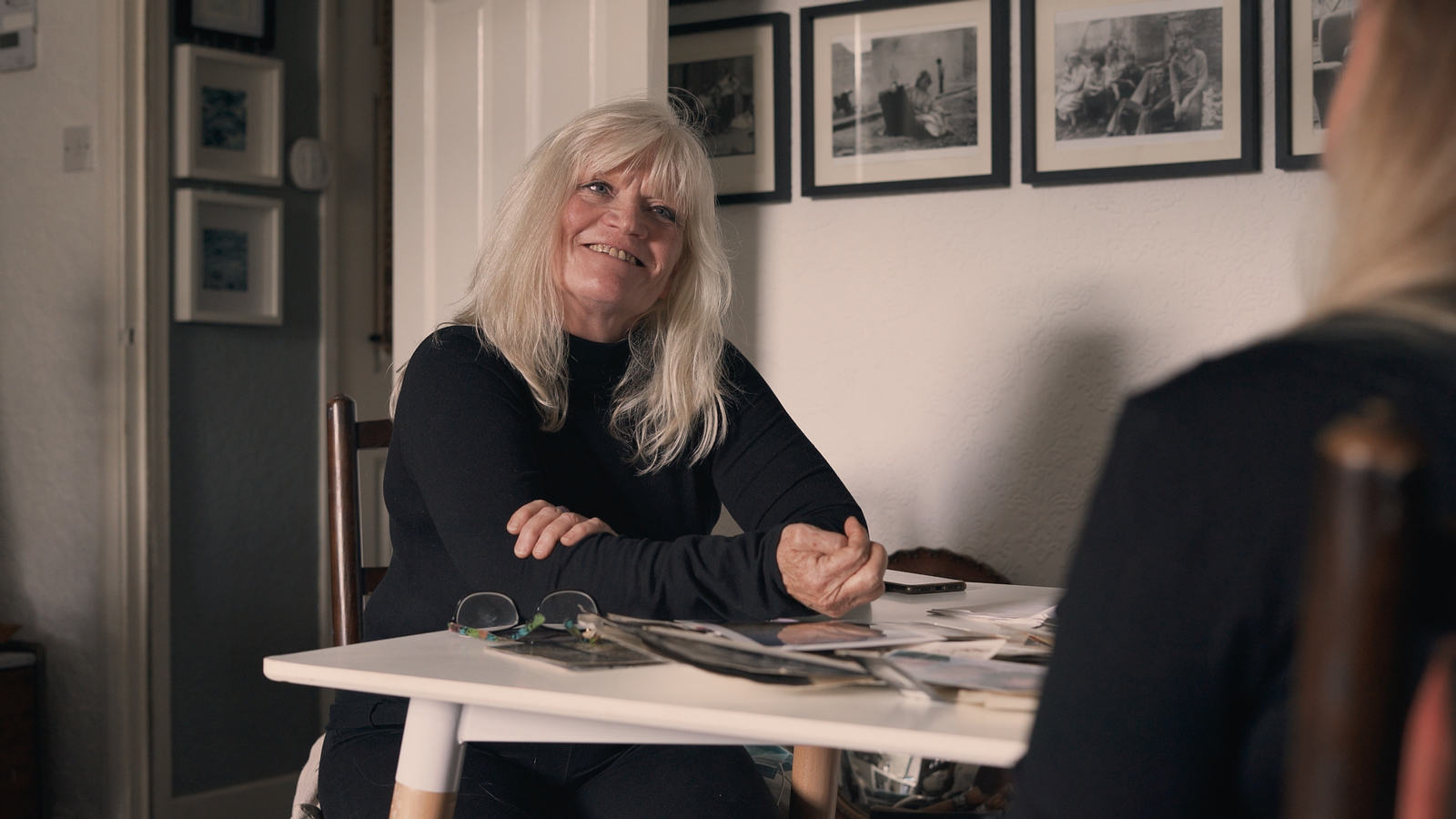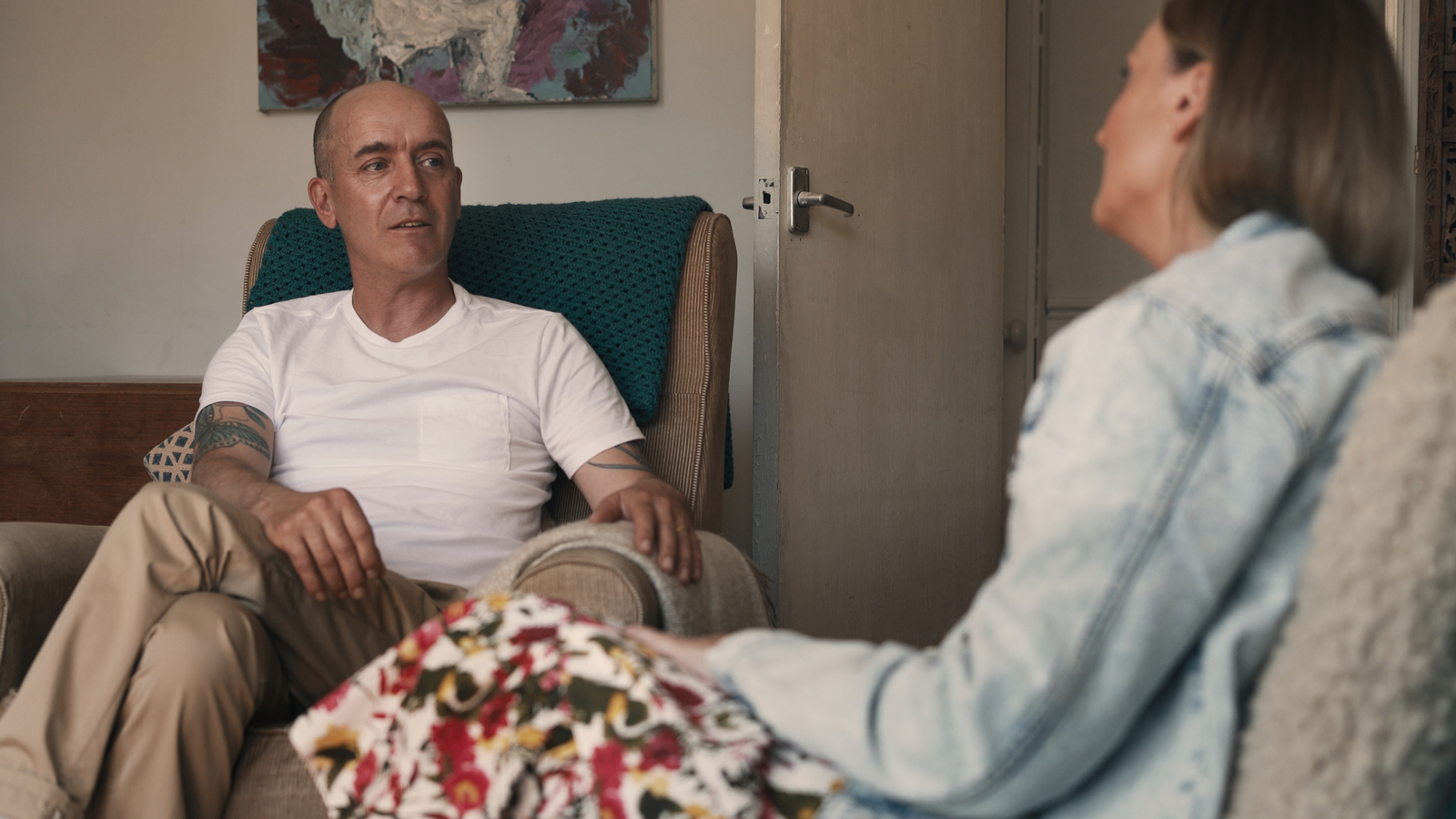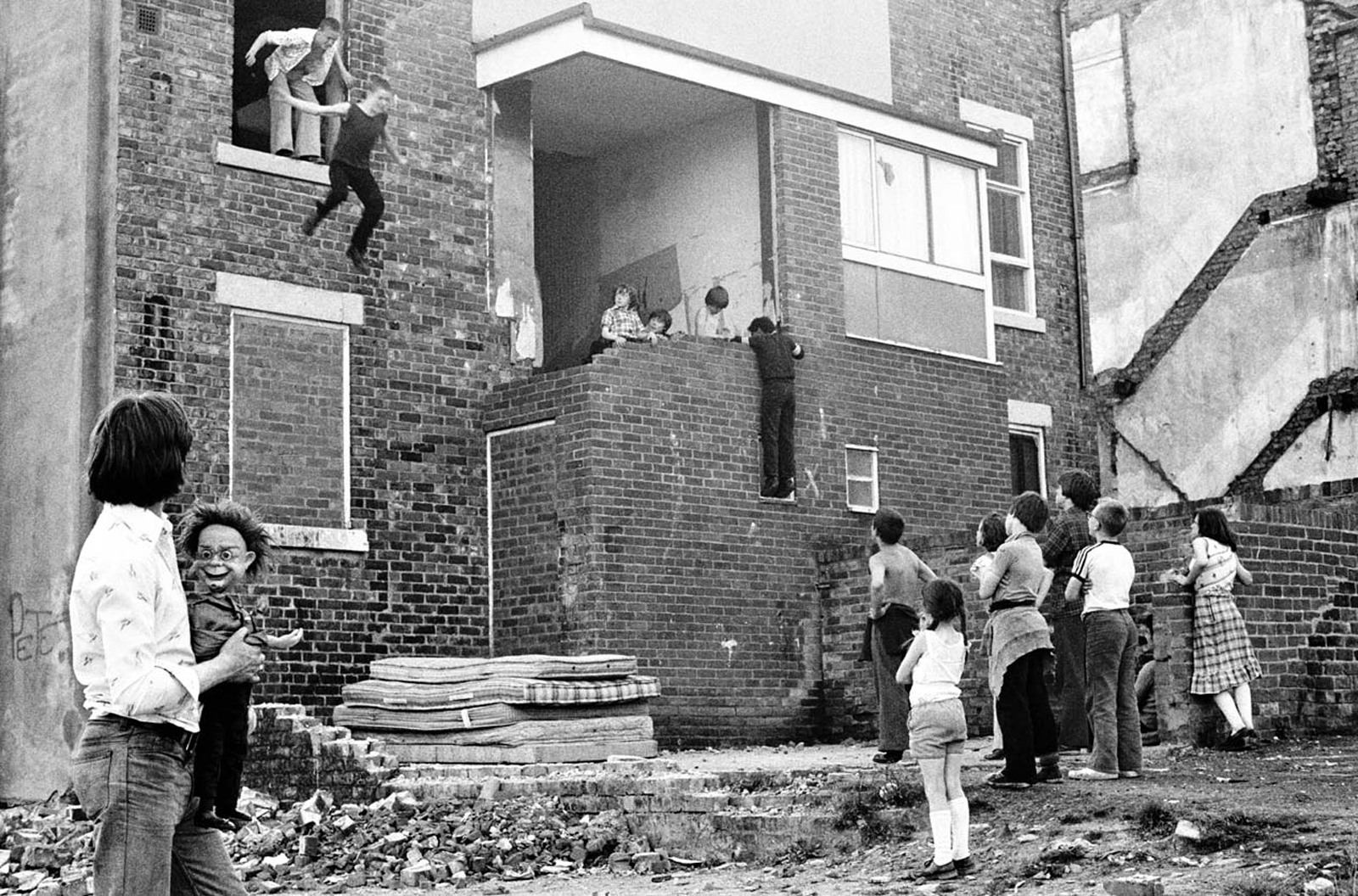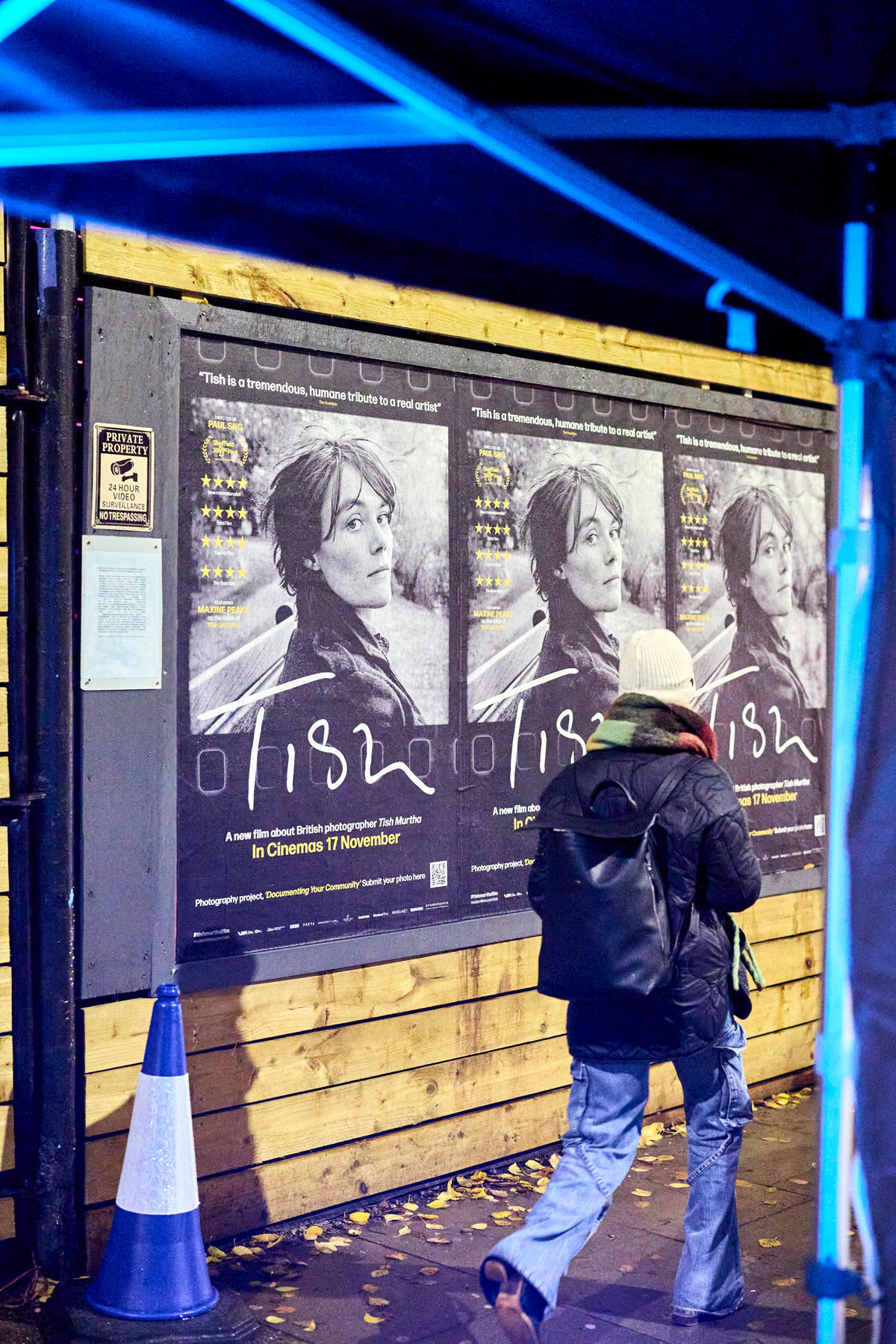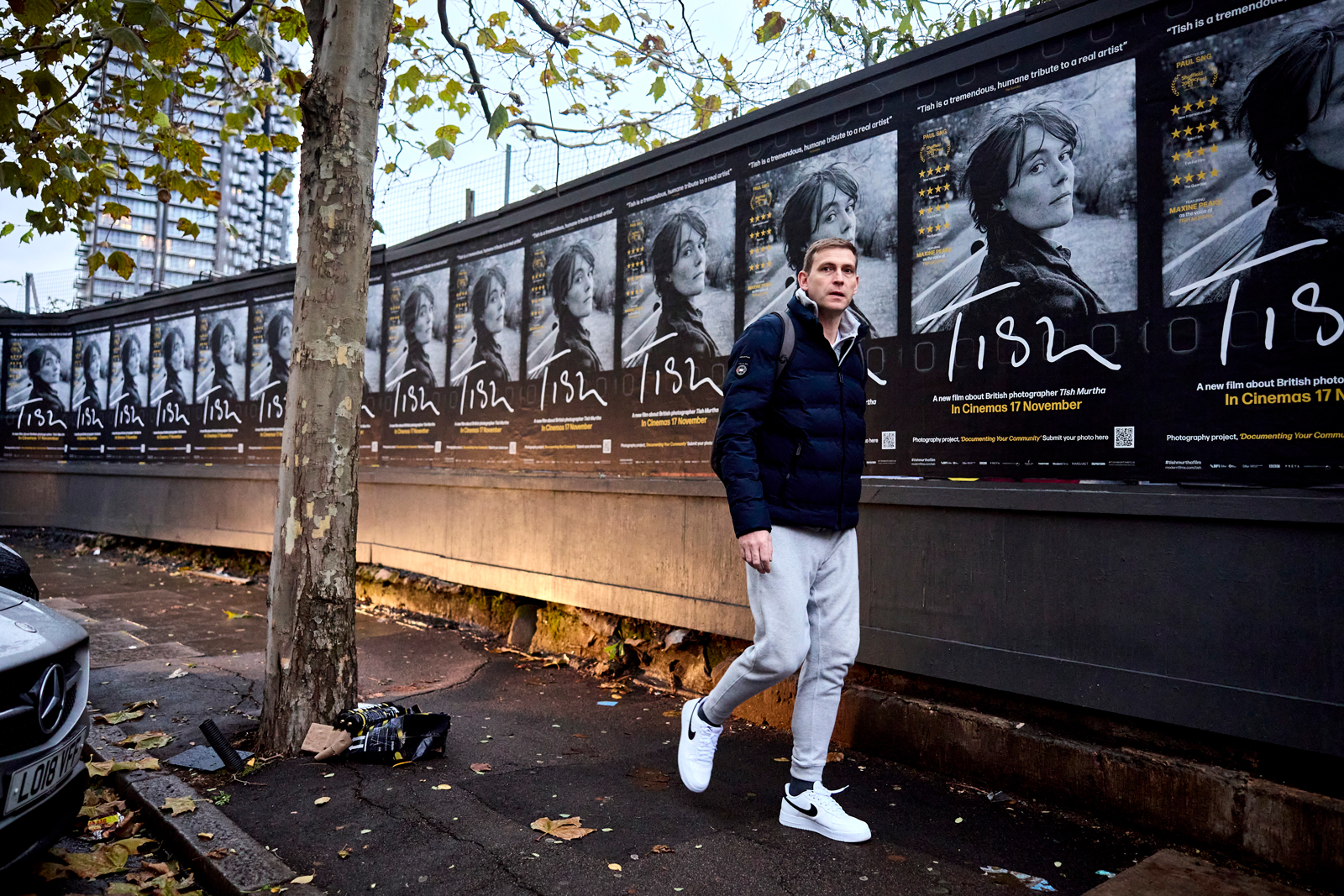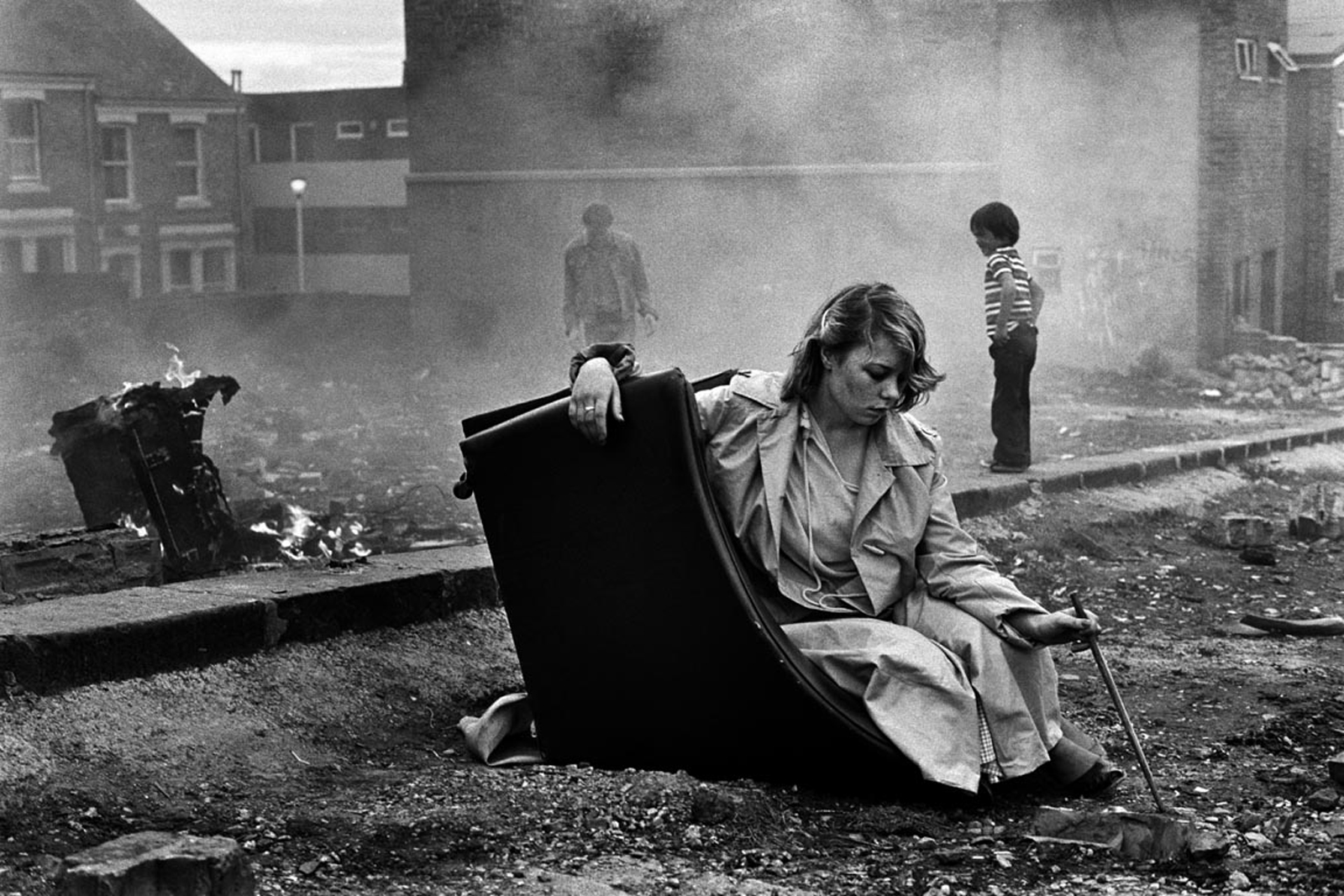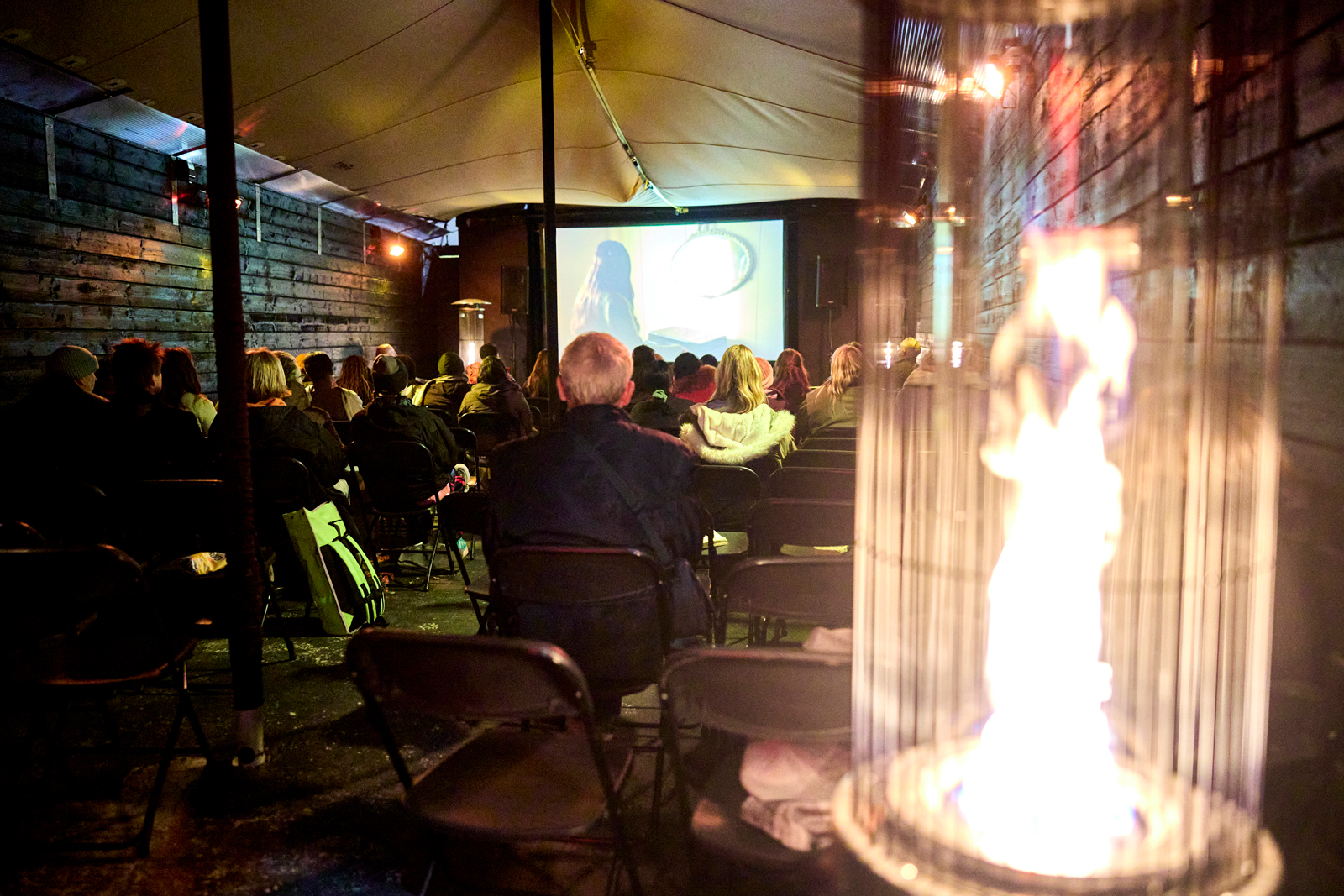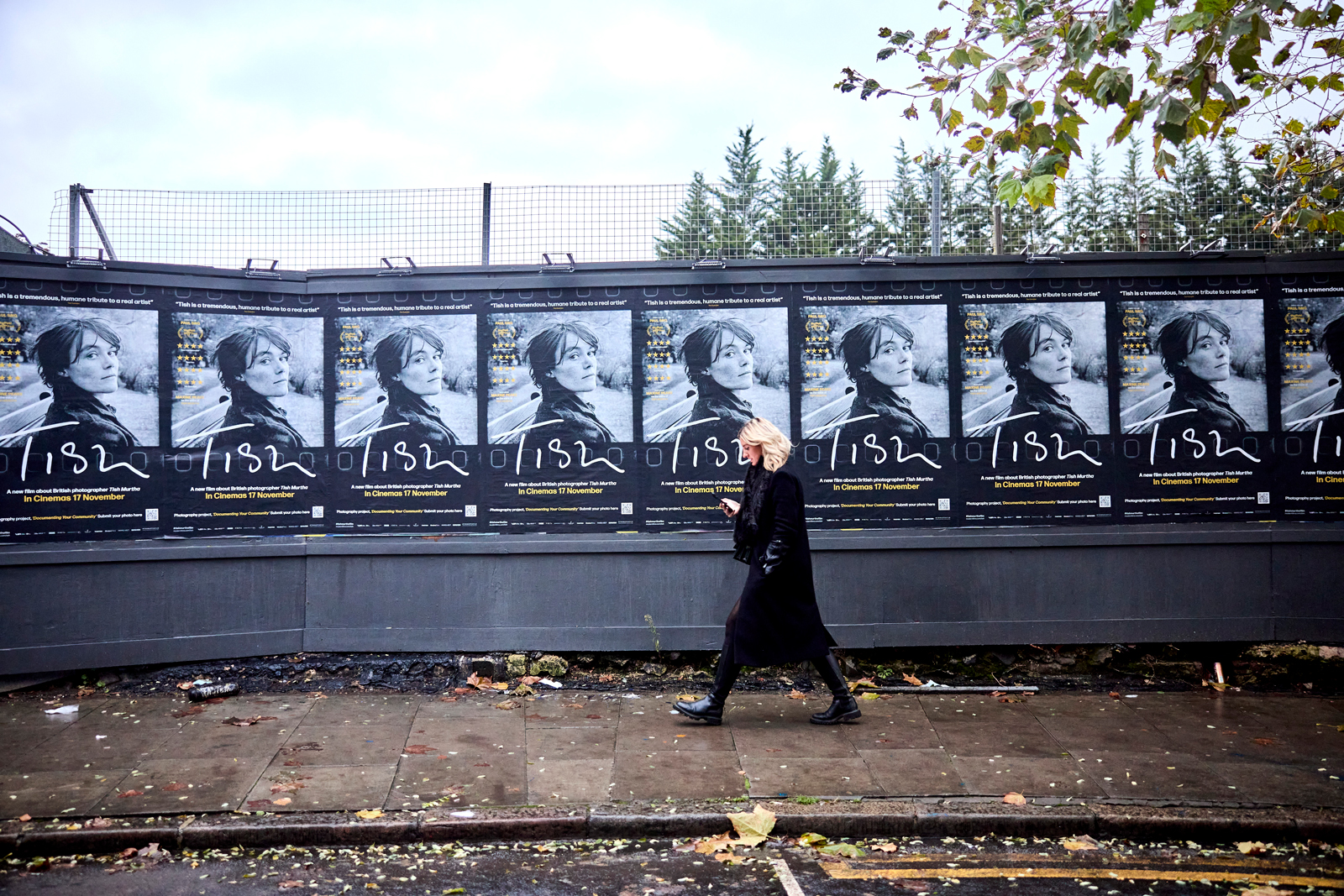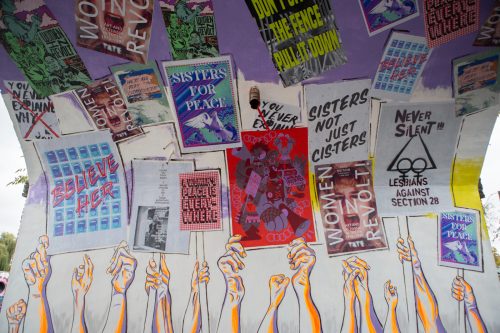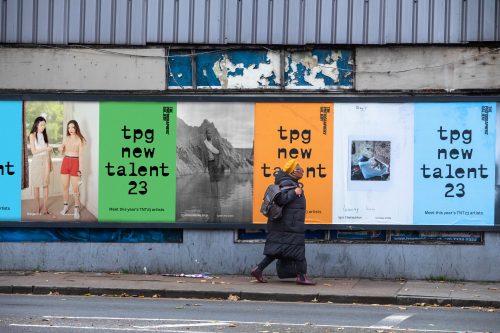Partnerships
Tish Murtha, an impassioned photographer unable to escape the poverty she exposed
BUILDHOLLYWOOD partners with Modern Films for a special community screening of ‘Tish’ at The CarWash – an intimate documentary about visionary photographer Tish Murtha who was committed to documenting the struggle and inequality of the working-class communities that framed her upbringing.
In an interview for Radio 4’s Woman’s Hour Tish Murtha’s daughter Ella explained her mother’s first camera – found dumped and broken – was a weapon. A way of deterring creepy posh, middleclass kerb crawlers from stalking the girls and women of Elswick.
Catching up with Paul Sng director of ‘Tish’, a documentary about Murtha’s marvellously evocative, socially enmeshed and engaged work, he used the same word, “Her camera was a weapon, she used it to combat what she saw as the effects of Margaret Thatcher’s neoliberalism, government policies that left a generation behind and that continue to have an impact on subsequent generations.”
Sng became aware of Murtha’s black and white photography around 2013, “One of the first images that really captivated me was a picture of Tish’s brother Glenn jumping from the first floor of a derelict house onto a pile of mattresses. I remember doing that in my childhood in the 80s in southeast London. It’s just a great photograph. Everybody at the scene is looking at Glenn captured mid-air, and you’ve got one of Tish’s other brothers, Mark, who’s holding this dummy, and everyone, including Mark, is looking at Glenn except the dummy, who’s looking at Tish. I don’t know whether this was deliberate or not but it’s just amazing.”
11.12.23
Words by


